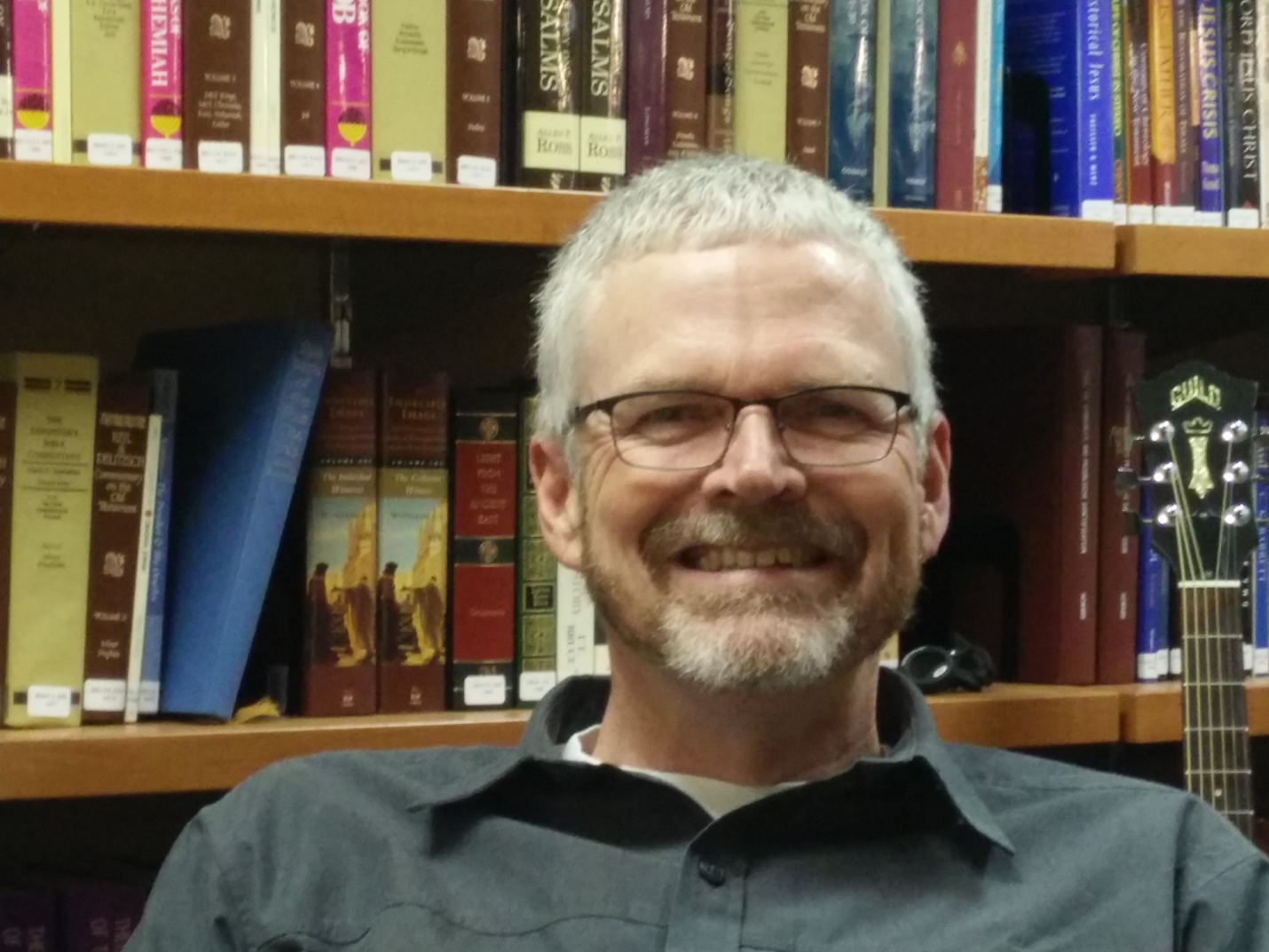I argued previously that reorienting a congregation regarding sin and redemption involves rethinking the concept of sin. First, sin—missing the mark—is fundamentally about degrading our ability to fulfill our God-designed purpose of stewarding creation and reflecting the glory of God in each other’s lives. Second, sin should be understood primarily as an obstacle that inhibits our ability to love others and our transformation into the image of Christ—our journey to true humanity. And third, a truly redemptive process in a church necessarily means helping people see how their personal sin is robbing them of the true joy for which they were created.
Developing a redemptive culture in a church is a complex and time-consuming exercise as it usually means reshaping deep-seated thinking patterns. Most often, church cultures have developed over a lengthy period of time and require much patience and teaching to reshape the way the congregation thinks, including their ultimate goals when it comes to sin and redemption. Culture does not change easily, and a sermon series on redemption alone will not change the core values of the church. For a church to truly experience a changed culture, several key steps are necessary and require 3-5 years of practice.
What is redemption?
First, it is necessary to get a “bigger mind” of what redemption is truly all about. For sure, a word study and sermon series around the “redemption” word group will begin to generate a picture of what it means to experience true liberation from an oppressive situation. And while language is critical in changing culture, it does not answer the key questions, such as, “What does this actually mean and how does it happen?” “Is it simply a matter of confronting or identifying the sin?” “How long does it take?”
If redemption—liberation from an oppressive situation—is actually to occur, there are several deeper issues to consider. For example, the younger generations are asking questions more related to why the Bible says what it says, not what the Bible says. I have countless examples of younger Christians saying, “I know the Bible says…, but I’m not sure I agree with it. Why does it say what it says?” Answering this question will help lead the person to a deeper understanding of sin and its destructiveness.
The Holy Spirit’s Role
Second, it is necessary to get healthier picture of the role of the Holy Spirit in the redemptive process. As people who have been raised in a Western culture, we naturally move in the direction of expediency and efficiency. This is also true in our strategies of both evangelism and confrontation of sin. In John 16:8, Jesus discusses the role of the Holy Spirit and says, “When he comes, he will prove the world to be in the wrong about sin and righteousness and judgment.” Here we learn that this is a primary role of the Spirit. We do not have the ability to convict another of either their sin or their need to trust Christ. And yet, we expect to confront sin, bring about repentance, and see a changed life in a very short period of time. Similarly, we expect to share Christ and see conversion in one conversation.
What would it look like to give the Holy Spirit time and space to accomplish his convicting work in the heart of another? Another way to ask the question is, “How much time are we willing to give another to grow in their conviction of their need for repentance? A day? A week? A month? A lifetime?” I have learned after four decades of ministry to create this space and not be in a hurry. When helping another face the reality of their sin, it is critical for them to come to the appropriate conclusion regarding the destructiveness of their behavior before any true repentance will occur.
This is where a healthy discussion of why the Bible identifies something as sin is necessary. It is here that the younger generation of believers is a gift to us from the Lord. This is precisely the question they are asking. A person does not know what they do not know. Simply telling a person a behavior is sin does not help them see what they cannot see. Answering the question of why a behavior is destructive is instrumental in helping a person develop a sense of true hope beyond their current circumstances.
Consistency and Patience
Third, it requires consistent and patient practice on the part of the leadership team in an open and transparent environment. A key to understanding the redemptive process is to realize no two people travel the same journey to either meeting Christ or repenting from their sin. The standard ecclesiological model of the Western church for decades has been to draw a “boundary” that identifies who is a believer and who is not. Those who come to church and practice “Christian” behaviors are “inside” the boundary, whereas the drug addicts, alcoholics, and homosexuals are “outside.”
A far healthier model, as practiced by Christ himself, is to see people in terms of distance and movement. Are they moving toward Christ or away from him? A drug addict, far removed from Christ and the church—but moving slowly toward him—may be in a far healthier place than an elder who is growing disenchanted with Christ and is slowly moving away. I have seen both many times. When working with broken people I picture them taking a half-step toward the cross. Many half-steps make a journey, but take a long time.
Another critical part of the journey is to realize that people take very different routes to repentance. Some are very linear… they hear the truth and respond quickly. Most, though, take very wandering journeys that traverse many pitfalls and failures… and often go backwards at various points. Journeying with them takes patience and a willingness to defend them against others who simply do not understand the nature of sin.
Beliefs vs. Behavior
Finally, it is critical to understand the difference between changing belief versus changing behavior. Paul exhorts us to “be transformed by the renewing of your mind” (Rom 12:2). It is easy to focus on behavior, but far more rewarding to investigate another’s beliefs. How a person thinks finds expression in how they act. If you can engage and work to change their beliefs, you will find behaviors often changing as well. This should be the true goal of preaching and teaching in the church context.

Jim Howard
Pastor, Dillon Community Church
Jim and Nancy have been married since 1984. They have four children and ten grandchildren. Jim grew up in South Florida… a true beach bum! After high school he joined the US Navy’s nuclear program and was stationed in San Diego, CA where he met his first wife, Judy. She went to be with the Lord after they had been married 5 years from complications relating to Cystic Fibrosis. This left Jim with a 1 and 3 year old.
Jim and Nancy met at a nuclear plant in Colorado… how romantic is that? After getting married they had two children together. Jim attended Regis University where he completed a M.B.A. in Accounting and Finance. They then served together in Germany as missionaries. While in Germany, Jim discovered his gifting as a teacher and passion for being with people. Jim’s passion for teaching led him to international ministry where he annually teaches at schools in Nepal, India, and Mozambique. After Germany, they moved to Dallas, TX where Jim attended seminary and completed a Th.M. and Ph.D. in New Testament Studies.
Jim loves hiking, camping, skiing, sailing, four-wheeling, taekwondo (he has his 2nd Dan black belt) and reading. Jim also loves being pastor at Dillon Community Church in Dillon, Colorado.
Make a Difference in Someone's Life
If you enjoy reading WGA’s blogs and would like to show your support, please consider making a donation. Where Grace Abounds is a 501(c)3 non-profit organization. The majority of services, including support groups and discipleship counseling, are provided free of charge. Your financial gifts help to cover the costs associated with offering a free program to those who seek WGA’s services.

